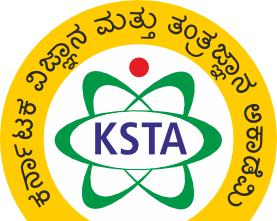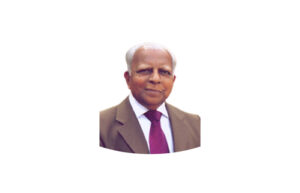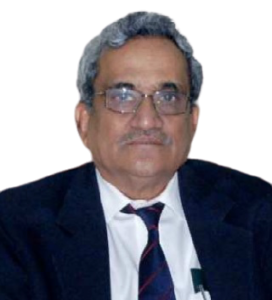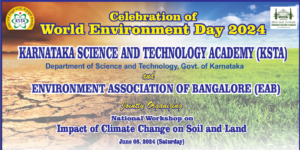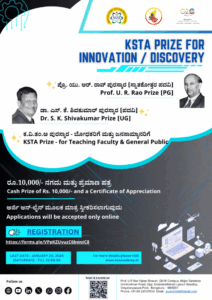Education that Motivates Students to Innovate: The Need of the Hour – Prof. Rajasab A. H
6 min readSyllabus oriented teaching method is a common practice in most of the schools and colleges in the country. Syllabus prepared by a few educators or adopted from elsewhere, lacks factors that are thought-provoking among students. Teachers also mechanically follow and teach within the framework of the syllabus. Instead of this, if we attract the attention of the student on various events in the nature, motivate them to apply the knowledge gained during daily life, impart them with various problems of the society and engage them in research to resolving them – the benefits to science and society are enormous.
If the students are taken outside and explained as various process of biology, chemistry, physics occurring in nature, they get real interest, experience and knowledge instead of sticking only to the classroom teaching. The knowledge gained in such a way will enable them to take up research in future towards solving societal problems. Society will be greatly benefited if, students are taught well the relationship existing between human-animal-nature, the importance of the environment, the problem of energy and other such aspects, empower them to take up research and innovations in future. Who knows in which corner the little Galileo exists? Therefore, it is the responsibility of a teacher to motivate students to take up innovation and is the need of the hour for a country like India.
Since, I am basically a life science scientist, I have tried in this article to explain how human welfare is possible through curiosity, research and discovery from the perspective of biological examples.
Tardigrades: the body structure and biological functions of these miniature animals, which we have not heard much about, is marvellous. It is surprising that Tardigrades organisms can survive in the region having temperature as low as – 4 °C and as high as 150 °C. They can also live in vacuum, in outer space and in UV Light. Even they can survive under deep sea where the pressure is 1200 times higher. There were also instances of surviving in dried moss plant over a hundred years. The biological nomenclature of this animal is Milnesium tardigradum and are less than 0.5 mm in size. They generally survive on remnants in deep sea and on other plants. They are referred as “sea bear” because of their body shape and structure. The body structure, biological functions and ability to live in extreme conditions are inspiring for many researches.
Understanding of the biological activities in these organisms may one day be used by humans and other organisms to sustain life during natural disasters (Fig. 1)
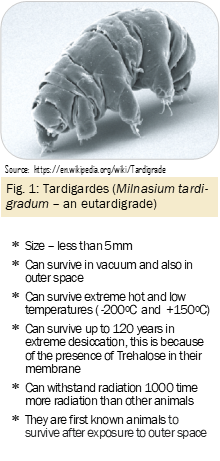
Fang-Blenny fish: The case of Fang-Blenny fish is most exciting one. The fish, which lives on Australian coral reef, has the ability to fend off large fish that come to eat with its comb-like teeth. This fish releases Opiod peptides, a chemical that causes intoxication when bitten. Opiod peptides also imbalances the blood pressure and causes erratic movement in big fish and thus Flang Blenny escapes saving its life. The case of Flang Blenny could inspire students to pursue further research on Opiods-peptides. This chemical may also be used for medical use (Fig. 2).
It is a folklore belief that even Camel faints when it eats this plant! How it is true scientifically?
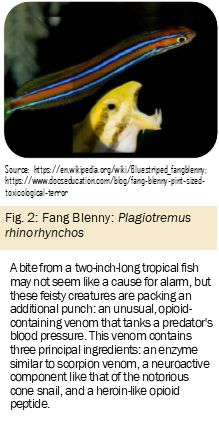
Retema raetam: It is a shrub that grows naturally in the deserts of the North Sahara, Saudi Arabia and other Midwestern regions. People have seen that when Camels eat this shrub, its flower and seeds in excess, have become faint. I was wondered when I heard this from people. So, what does science say to this folk knowledge? When explored in the internet, it has been shown by the research that the extract of this plant when tried on rats resulted in the reduction in its blood sugar levels. That means, this plant can be a medicine for diabetes. By combining book knowledge, study of nature and folklore could inspire students to make new discoveries (Fig. 3).
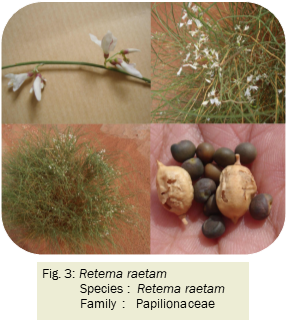
Discovery of Anaesthesia: Horace Wells, an American dentist, noticed a surprise during his young days and that instigated the discovery of anaesthesia. Horace Wells (1815 to 1848), who lived only for 33 years, was aware of pain experienced by his patients during removal of their tooth. In those days, partying, dancing and laughing by breathing Nitrous Oxide, were common. On 12th of December night (1844), Horace Wells was at a party along with his wife. He noticed that one gentleman, Samuel A Cooley, was laughing and dancing even though his leg was injured. That day, as usual everyone at the party have inhaled N2O. Inspired by this, next day he came to his hospital and inhaled N2O and forcibly removed his own tooth with the help of dentist John Riggs and felt no pain. Later, he tried on 12 of his patients and got the same result. This led to many researches on anaesthesia. Now it is impossible to perform any surgery without anaesthesia. That one observation by Horace Wallace made him immortal. If we educate our students with the current scientific issues, their keen attention can lead to many innovations.

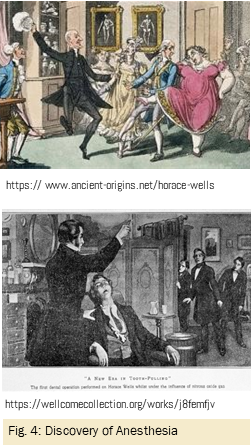
Horace Wells’s life was tragic for many reasons. He committed suicide by cutting his wrists and died without pain by consuming chloroform. Chloroform was extensively used from 1840 until the Second World War (1939-45), for amputation of legs of wounded soldiers. An accidental discovery by Horace Wells has changed the history of surgery. Even the death of Horace Wells is a medical memory.
Spring the base of life: The arrival of spring in India is Vasantostava, a celebration in nature, a base of life, arise of love. In Vasantostava, our poets relish the melody of the cuckoo and new emerging leaf of mango tree. Analysing this Vasantostava from a scientific standpoint is an excitement. The trees shed old leaves and adorn with new leaflets. With the arrival of Varuna, the rain, land cools and insects feed on greens and breeds. The birds feed on these insects and nest with their companion. Young butterflies, honeybees feed on flowers and buds. All these events occur naturally. When scientifically viewed, these events are inter dependent. The kind of dependency motivates many scientific discoveries. If the connections between organisms in the nature is properly understood, protection and preservation of nature become possible. For instance – in winter the fallen leaves become manure, washed away with rain water passing through diches and drains reaches sea through rivers. We do not notice these fallen and manured leaves. But the fish at the delta region are waiting for these leaves every year. These leaves, water-borne insect and pests and other nitrogenous substances are the food for these fishes. Thus, there is a link among the arrival of Vasantostava – the sprouts – the falling leaves – dying insect and pests after completing life cycle – monsoon rains – breeding and life of fish and is a nature’s wonders. Similarly, in nature, in the sky, in the sea, there are many more wonders. These wonders may become knowledge base. But the mindset and vision are important to realise them. Inspired by nature and folklore knowledge, teachers should inculcate scientific temper and innovative mindset among students. We have difficult problems in society? We must teach how to find solutions to the problems in the society through scientific innovations and it should be a part of the text. Then, at least a few students will make a stride in the field of research.
When I visited Edinburg in the UK last year and saw the castle there, a panel on the way to the castle caught my eyes. The writing on it says:
“Edinburg is hotbed of genius. University was founded in 1583.
Joseph Black discovered CO2
Dolly cloned sheep was born nearby.
The Fellows of Royal Society Edinburg included John Hutton – founder of Modern Geology.
Sir James Black – inventor β Blocker heart disease drug,
Adam Smith – Father of Modern Economics.
James Clerk Maxwell – Formulator of Electro Magnetic Theory”
So many innovations have taken place in a small place like Edinburgh. The big question is why this is not possible in India.
– Prof. Rajasab A. H.
Member, KSTA, Former Vice Chancellor,
Tumkur University, Tumakuru/
30/09/2020; Kalaburagi
Thanks to Dr Anand R, SSO, KSTA for translating the article ವಿದ್ಯಾರ್ಥಿಗಳನ್ನು ಆವಿಷ್ಕಾರದತ್ತ ಪ್ರೇರೇಪಿಸುವ ಶಿಕ್ಷಣ ಬೇಕಾಗಿದೆ written by Prof. Rajasab A. H.
